Returning from a 40-day trip to remote Africa, Ms. Mai Huong still has many lingering memories of meeting mysterious tribes.
Over a month of summer, Mai Huong had special experiences in 3 countries: Namibia, Ethiopia and Madagascar. She believes that similar experiences cannot be found anywhere else on earth, except Africa.
That sense of adventure arose when the blogger born in 1991 had the chance to meet primitive tribes in Africa . Mai Huong, her husband and 4-year-old daughter, nicknamed Mo, had unforgettable days during their journey to explore the black continent.
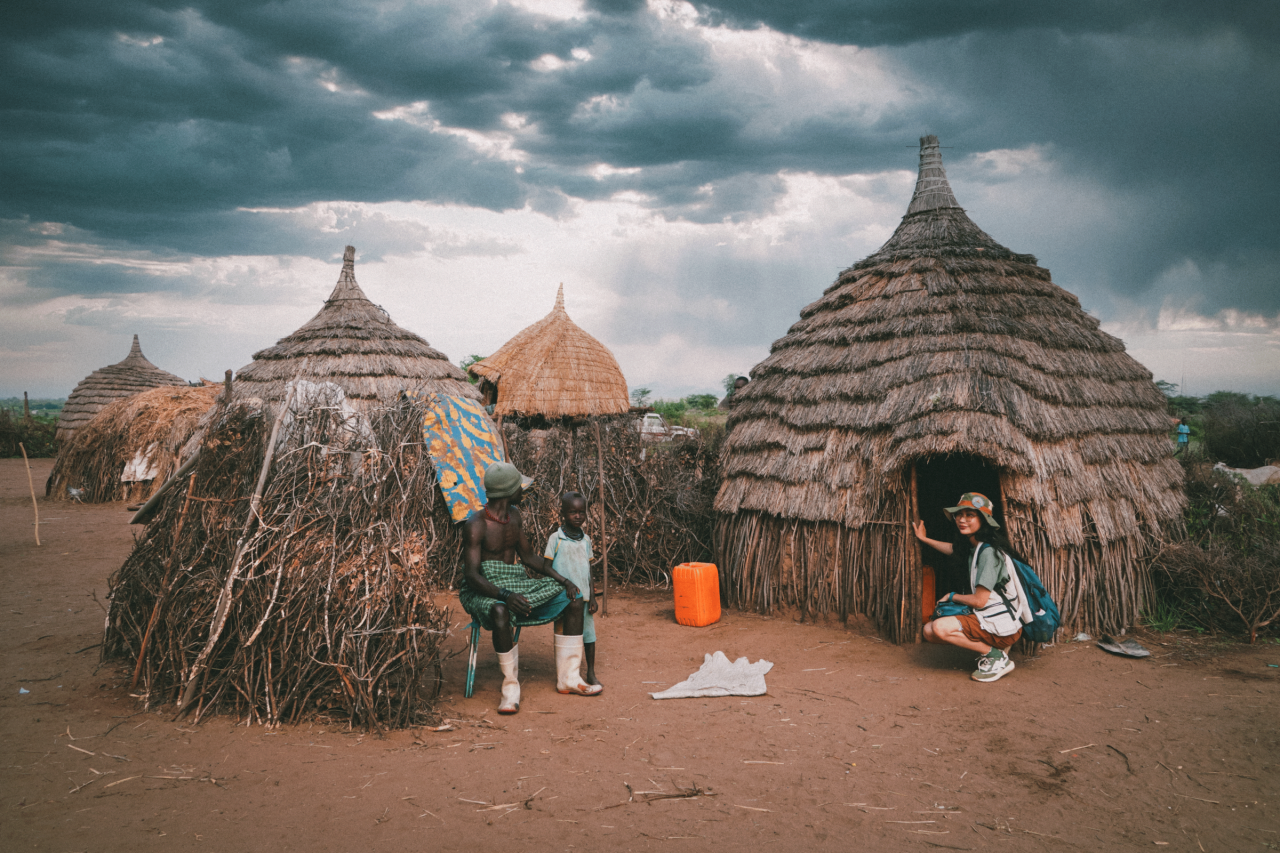
A peaceful moment when Mai Huong visited a small village in Africa during her 40-day trip from June 9 to July 17. Photo: Provided by the character
One of the things that haunted her was the scars crisscrossing the backs of women from the tribes in the Omo Valley, Ethiopia. According to the tour guide, women from the Hamer, Banna, Karo tribes... when they reach adulthood must accept a ritual called "weipe" - to be whipped hard and repeatedly by the men in the family until they are injured.
They do not use any medical methods or anything to treat their injuries, but let them heal and form scars. The more scars on a person’s back, the more help they will receive from the men in the village and their family when they need it. In addition, indigenous women often proudly show off the deep scars on their backs as proof of their devotion to their husbands.
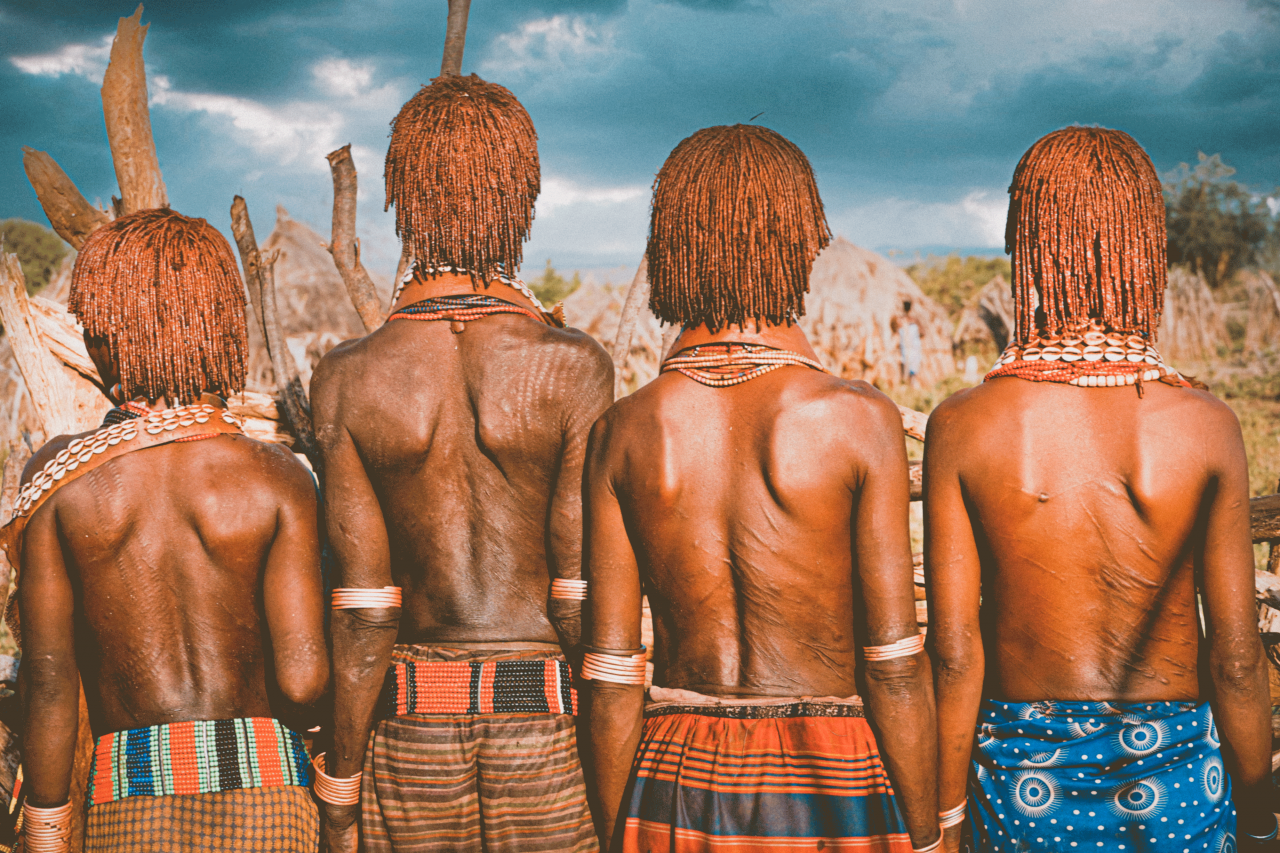
Scars on the backs of Hamer tribe women in the Omo Valley, Ethiopia. Photo: Character provided
When she arrived in Namibia, Mai Huong was impressed by the Himba tribe, which is famous for "not bathing in their entire lives". She said: "They only bathe once in their lives, before getting married. They hardly ever bathe with water, the reason being that they live in the harshest desert climate on Earth, so fresh water is very rare".
However, the Himba have another way of beautifying and maintaining hygiene: they use a red ash-colored "cream" called otjize, a mixture of red soil, ash mixed with herbs, butter and fat. They apply otjize all over their bodies to protect them from the scorching desert sun, prevent insect bites, and keep them warm and cool.
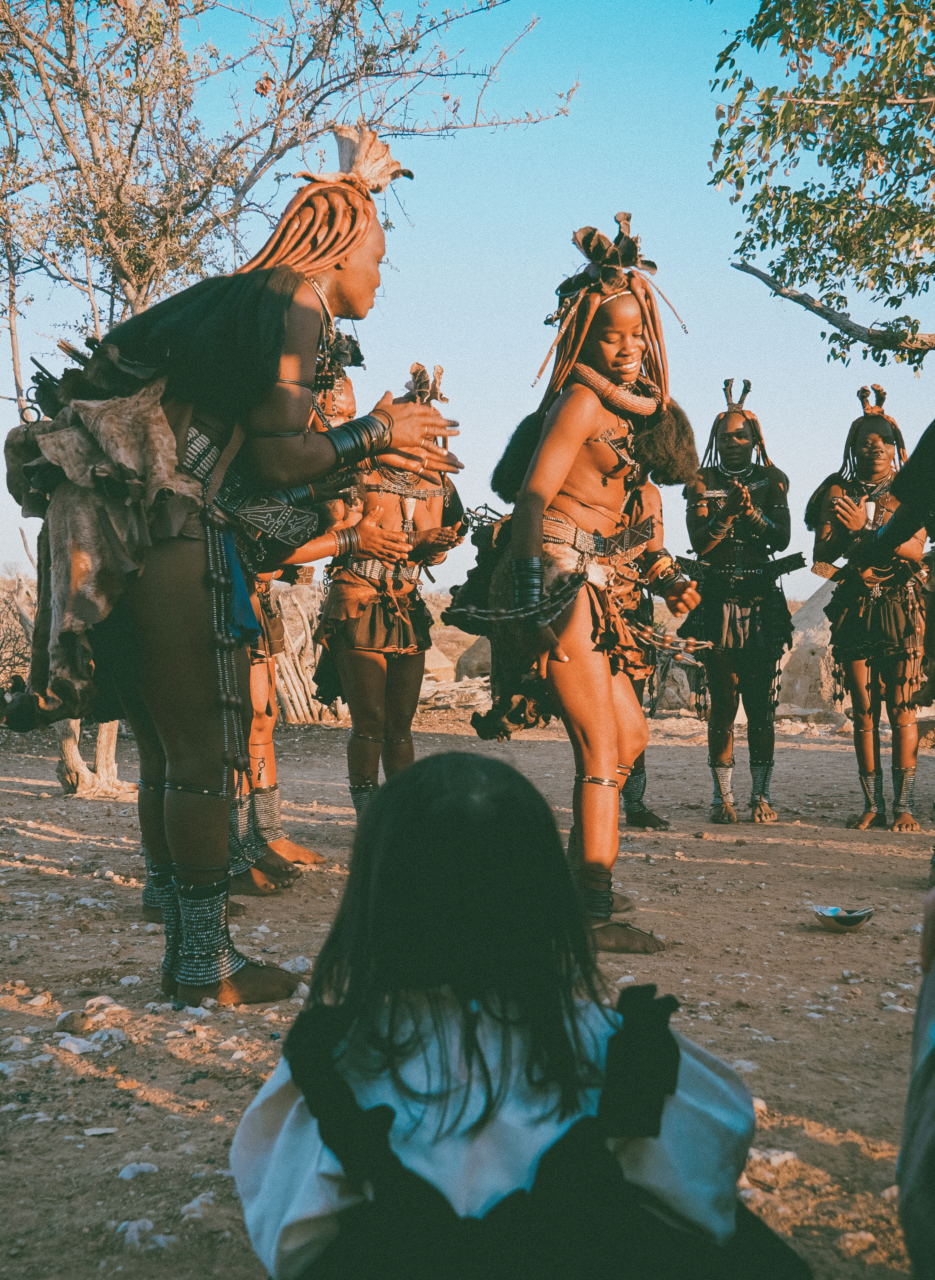
Little Fat watches women in the Himba tribe dance. Photo: Character provided
In Mai Huong's impression, the Herero tribe in Namibia has a rather unique fashion style, influenced by German colonists and German missionaries. Herero women wear the floor-length dresses worn by German missionaries in the late 19th century, but with their own distinctive bright colors and prints.
Married and older Herero women wear the ohorokova , while young and unmarried women wear it mainly on special occasions. The ohorokova has a high neck, a flowing skirt with a waist that starts below the bust, and is covered with a petticoat and fabric up to ten meters long.

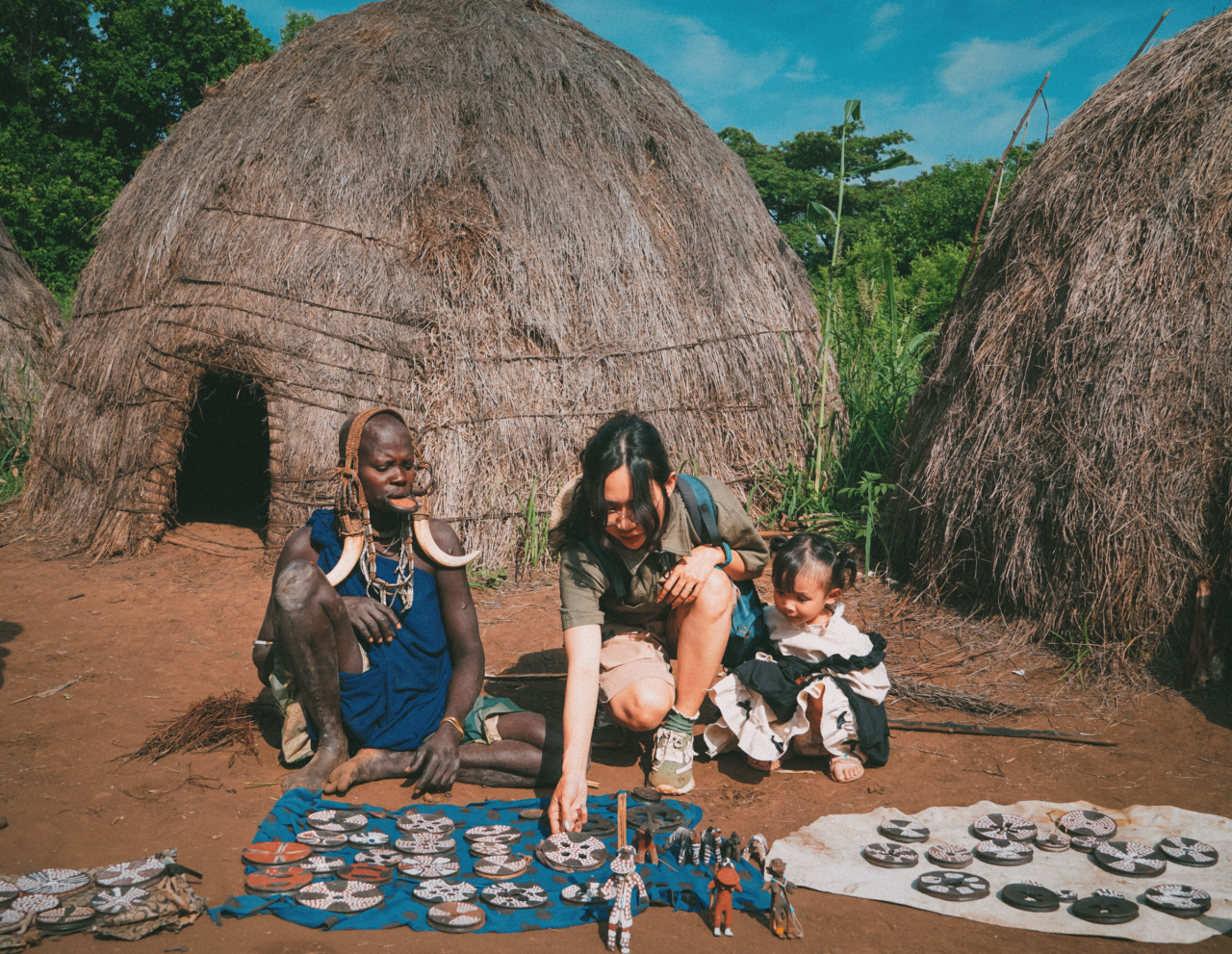
Mai Huong and Mo learn about the custom of wearing plates on the lips of women of the Mursi tribe in the Omo Valley, Ethiopia. Photo: Provided by the character
The most profound impression was the chance that brought Mai Huong and the group to meet the Mikea people - one of the last primitive tribes in Madagascar. The Vietnamese group rode an ox cart through the forest to visit them, she recalled. The "noble person" who brought Mai Huong to meet the primitive tribe was Rah, a native Mikea. He was the only member of the tribe who had contact with the modern world.
The origins of the Mikea tribe are unknown, and today information is extremely limited as they live deep within a 3,500 square kilometer forest. The sad reality is that their habitat is under threat from mining activities.
Rah had to convince his family to welcome the visitors. When they saw strangers, all the tribe members cautiously crawled out of their huts made of dry bushes and covered their faces with their hands. This reaction was in contrast to many "modernized" tribes in Ethiopia who are known to ask for money from tourists and behave aggressively, according to Mai Huong.
"They were so embarrassed and scared to see us, they just cowered and covered their faces with their hands. I felt like I was touching the dream of finding part of the origin of true humanity," she said.
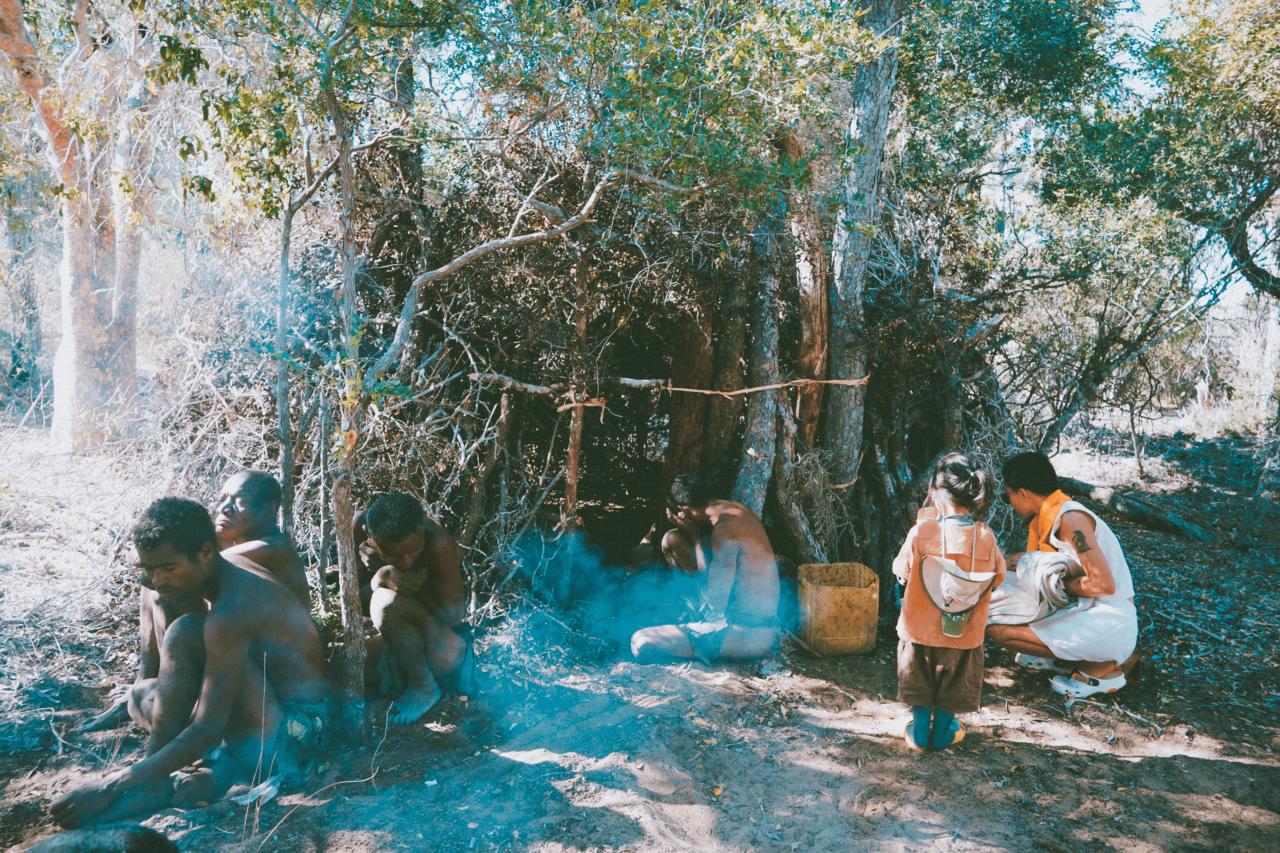
Little Fat observes the life of the Mikea tribe in Madagascar. The tribe members all turn their backs and do not approach strangers. Photo: Provided by the character
She also had the opportunity to witness how the Mikea people make fire from a few pieces of wood, dry leaves... as often seen in documentaries about primitive tribes. "I felt like I had just traveled back to primitive times. I was so moved that I couldn't speak, my hair stood on end," she shared.
Huong's group then said goodbye to the tribe and gave Rah's family some food, including fish, beef and bread as a gift. She could only say thank you to those who helped her have such a rare encounter.
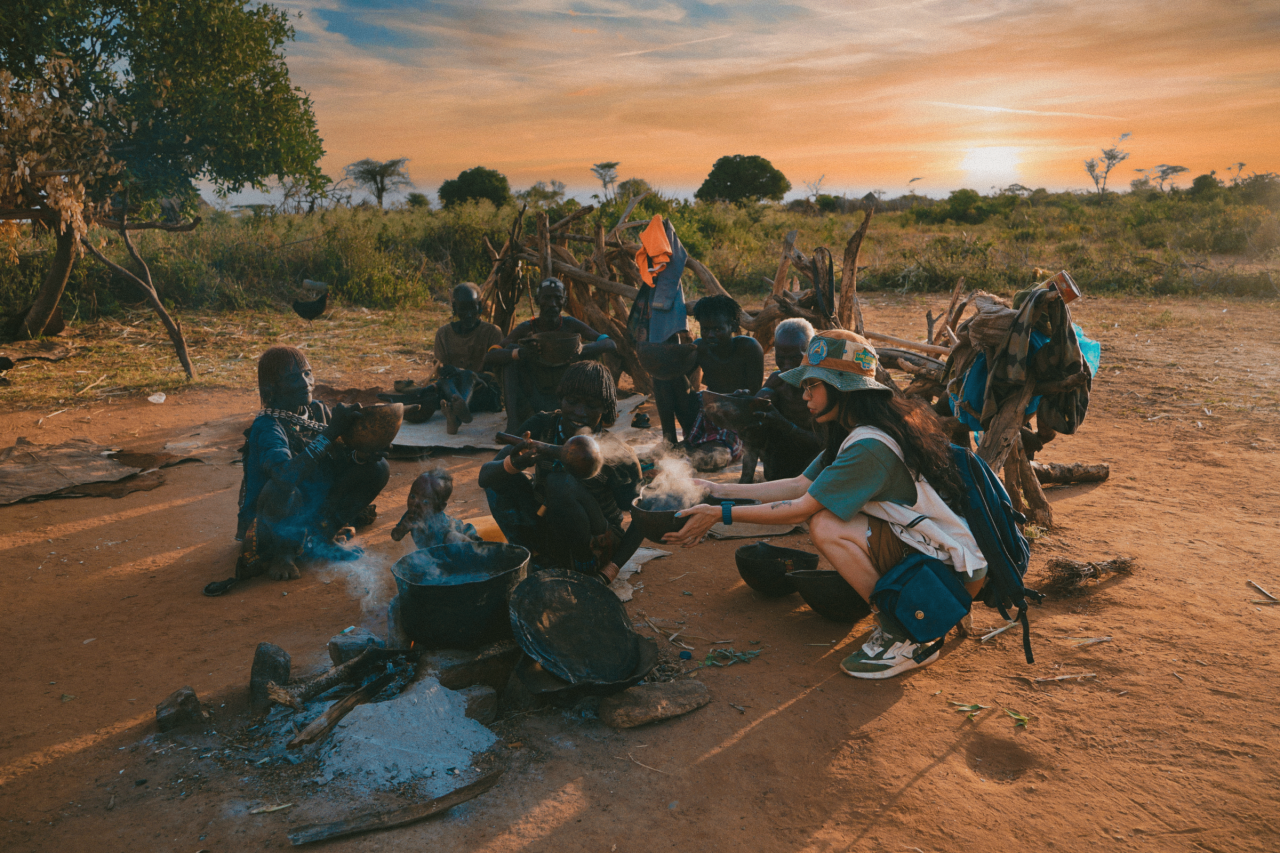
Mai Huong dines with the locals in the Hamer tribe village in the Omo Valley, Ethiopia. Photo: Character provided
Closing the trip, Mai Huong said goodbye to summer with 40 days of wandering in search of ancient Africa, searching for the origin of humans, searching for the formation of the continent on a 5819km journey.
"Travel to see how small you are before nature and the world out there. Travel to understand more, open your heart more, be more fresh and upgrade...", she confided.
Laodong.vn



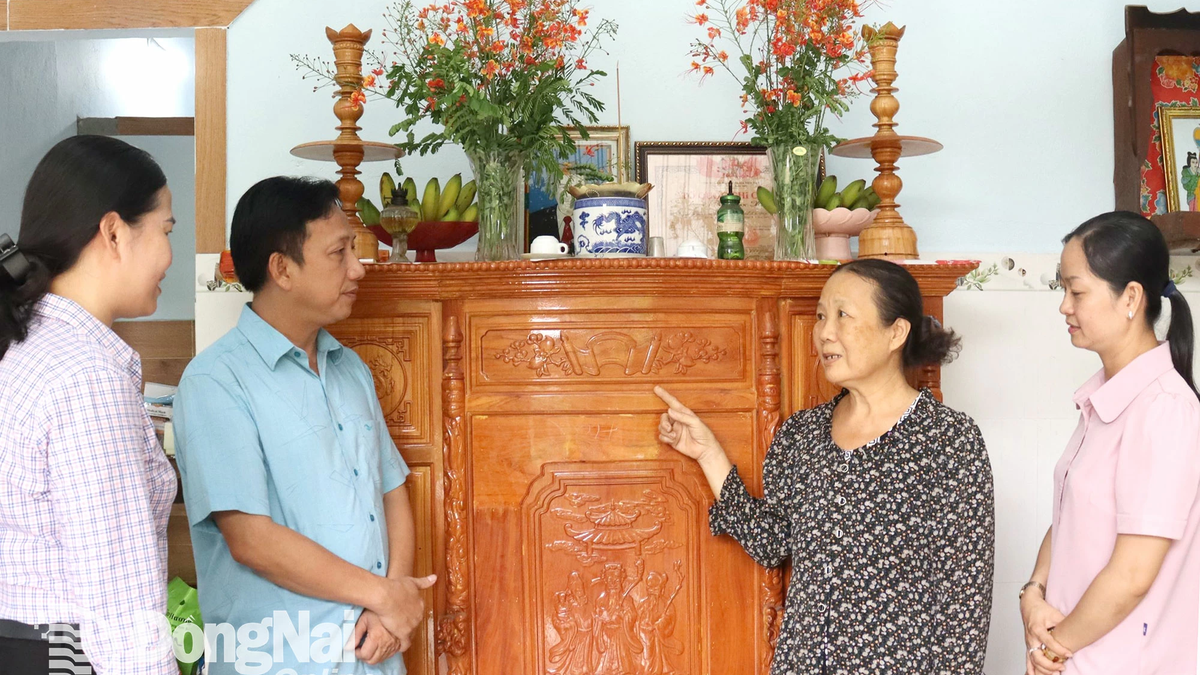

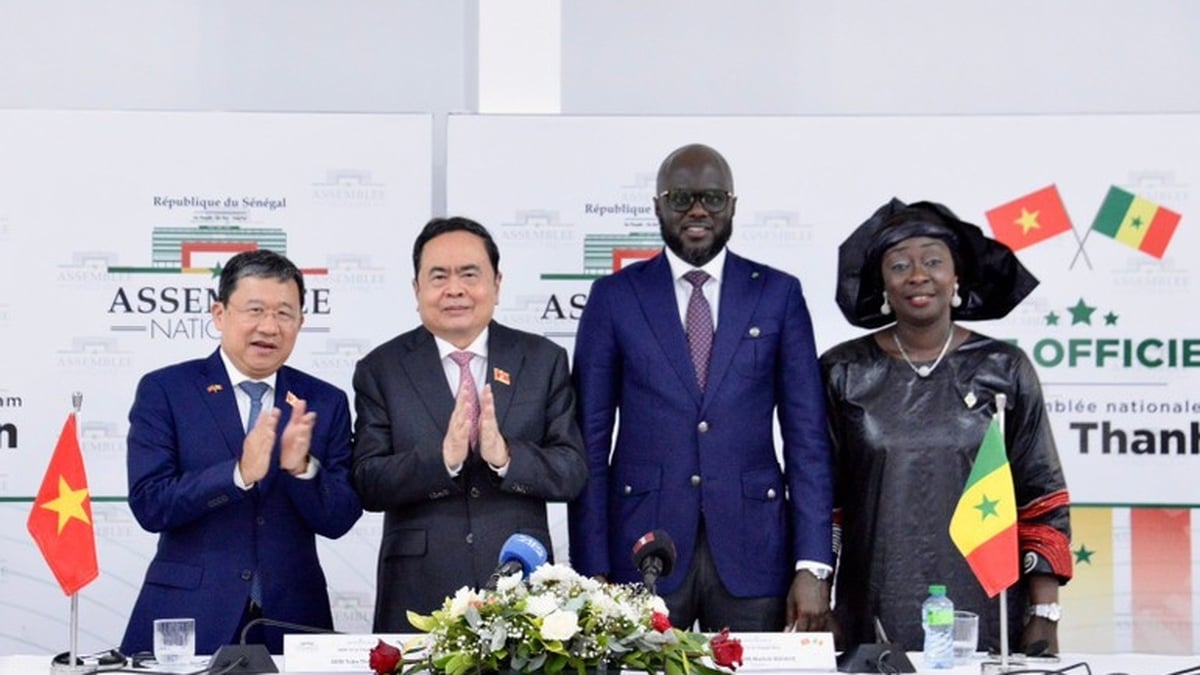
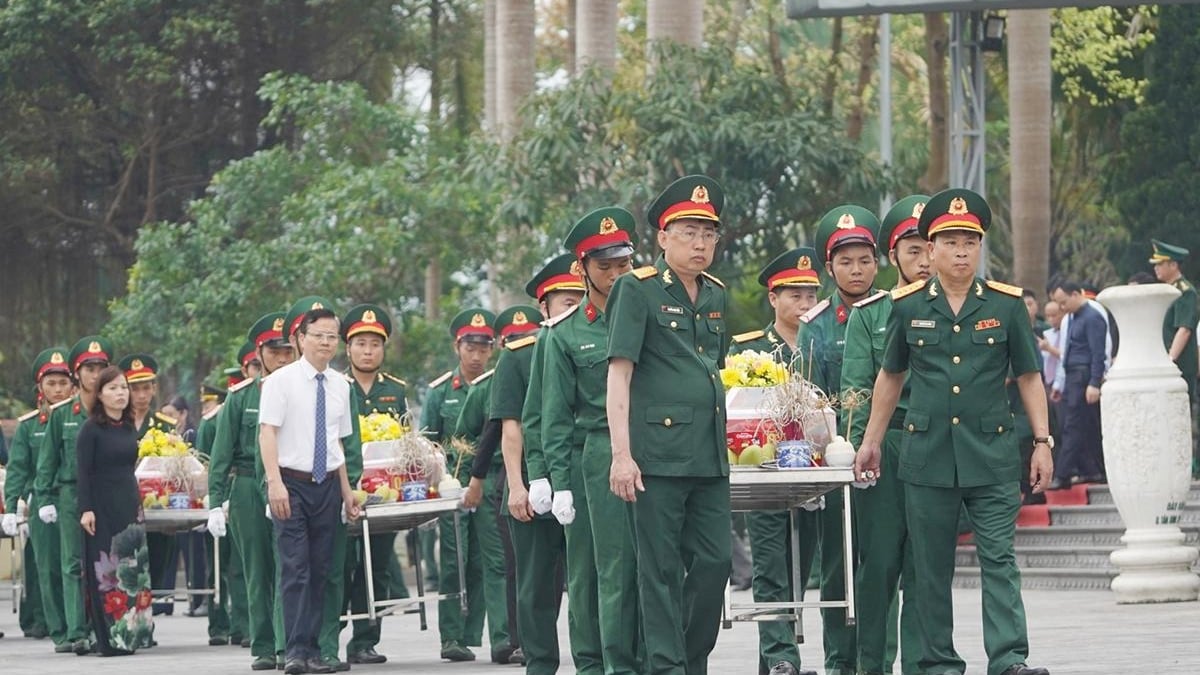
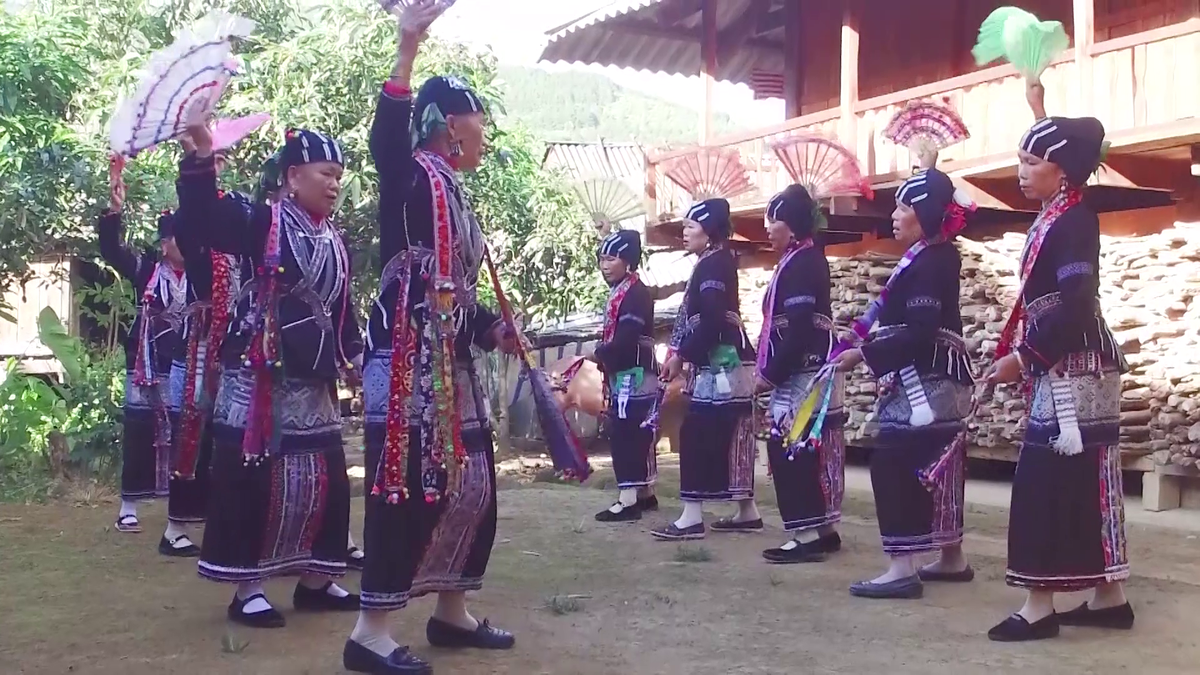


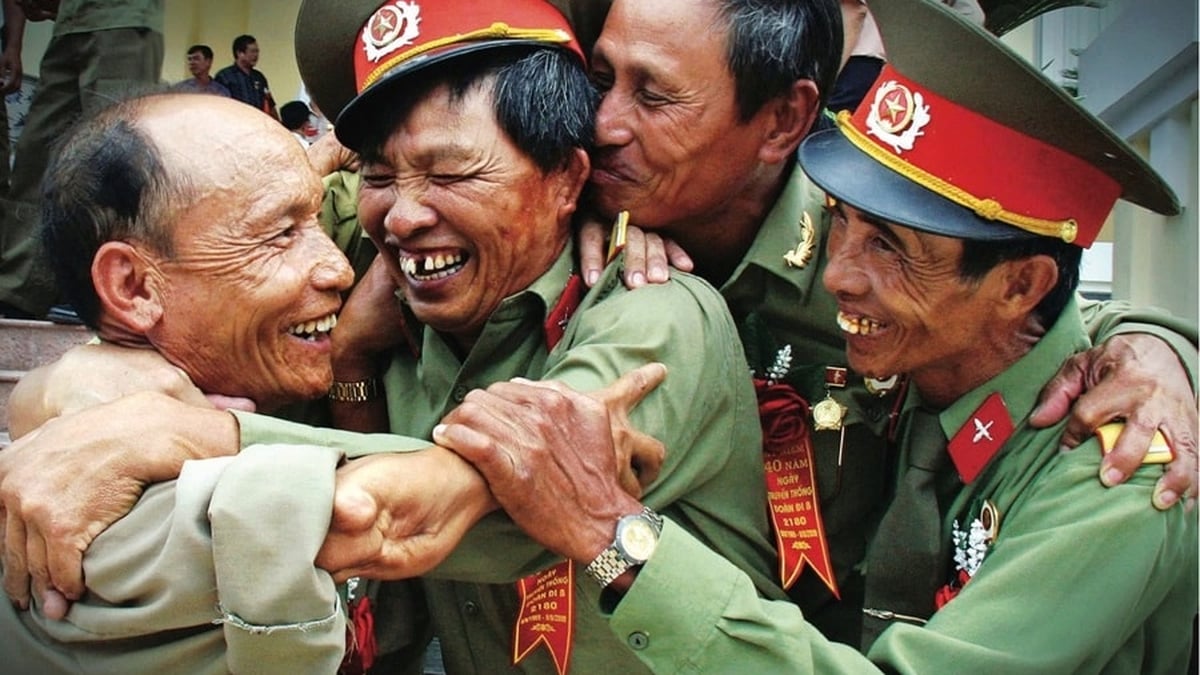











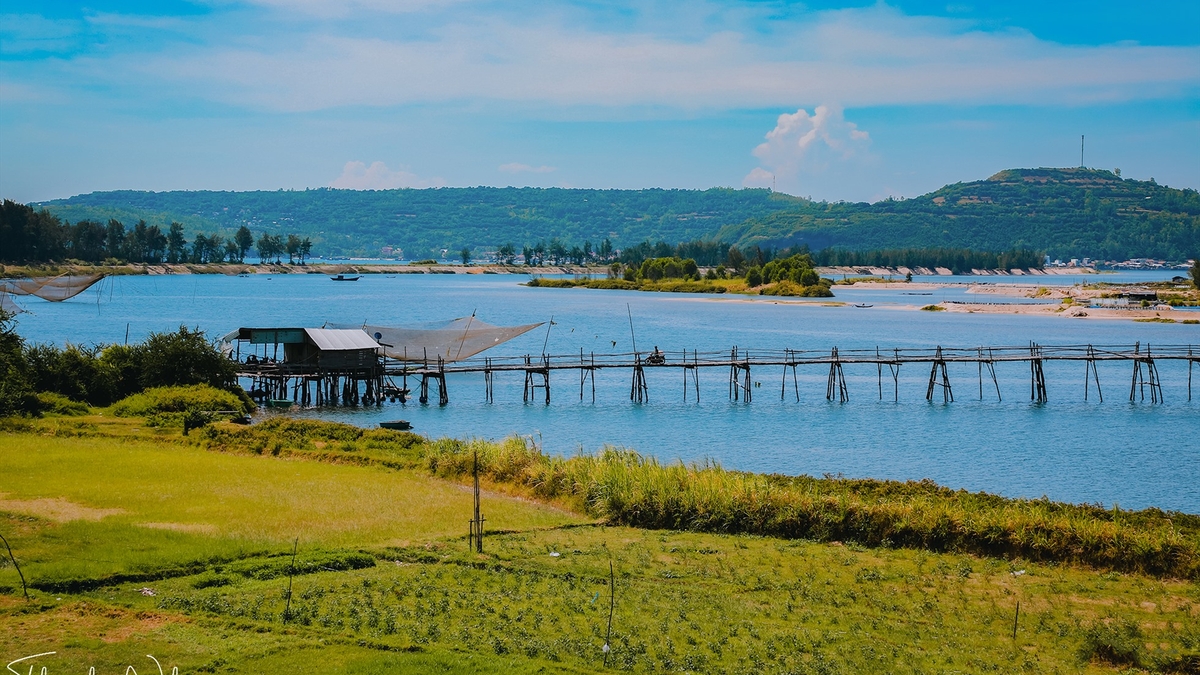
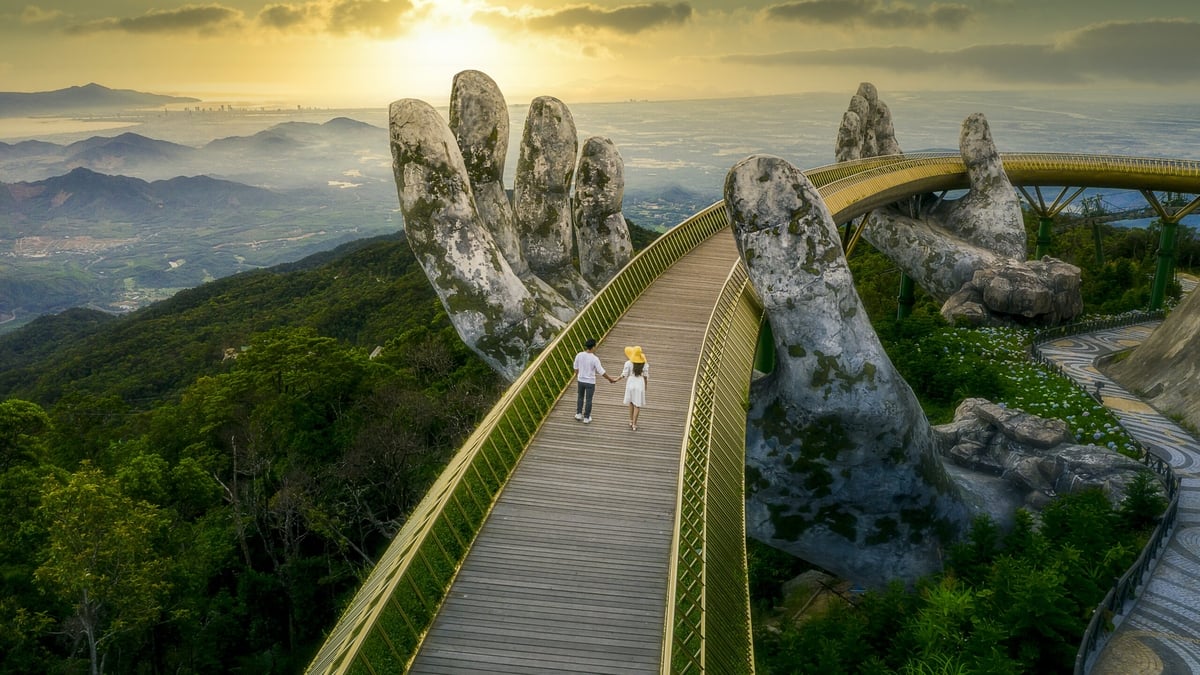

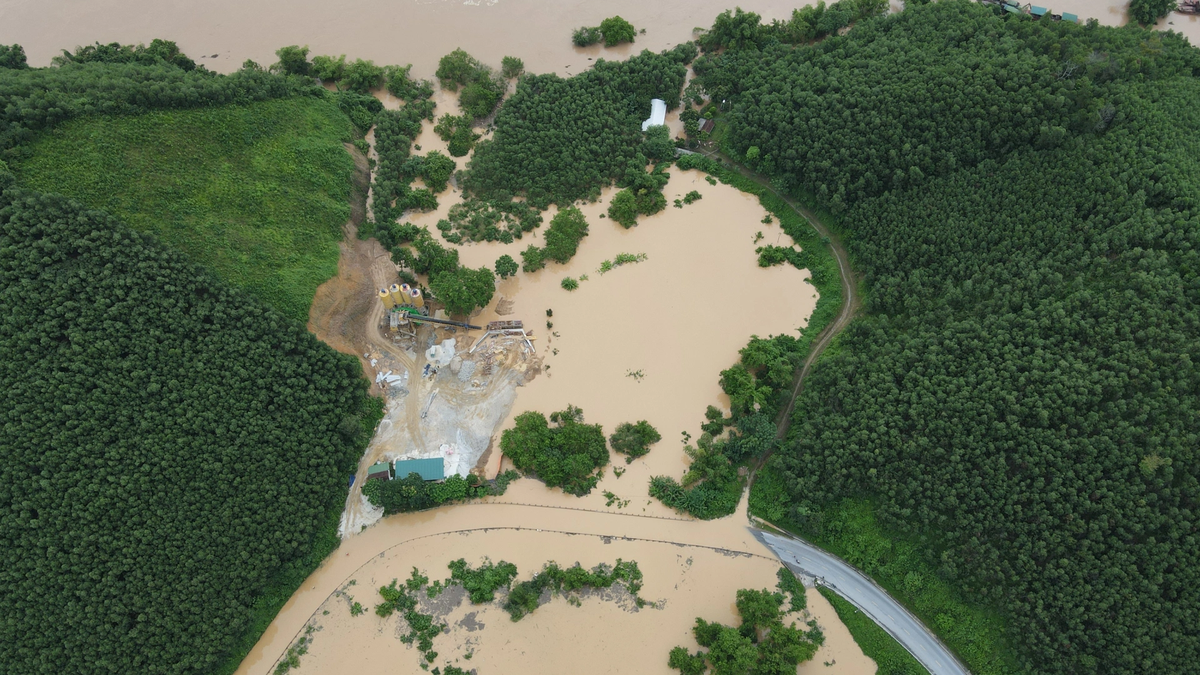
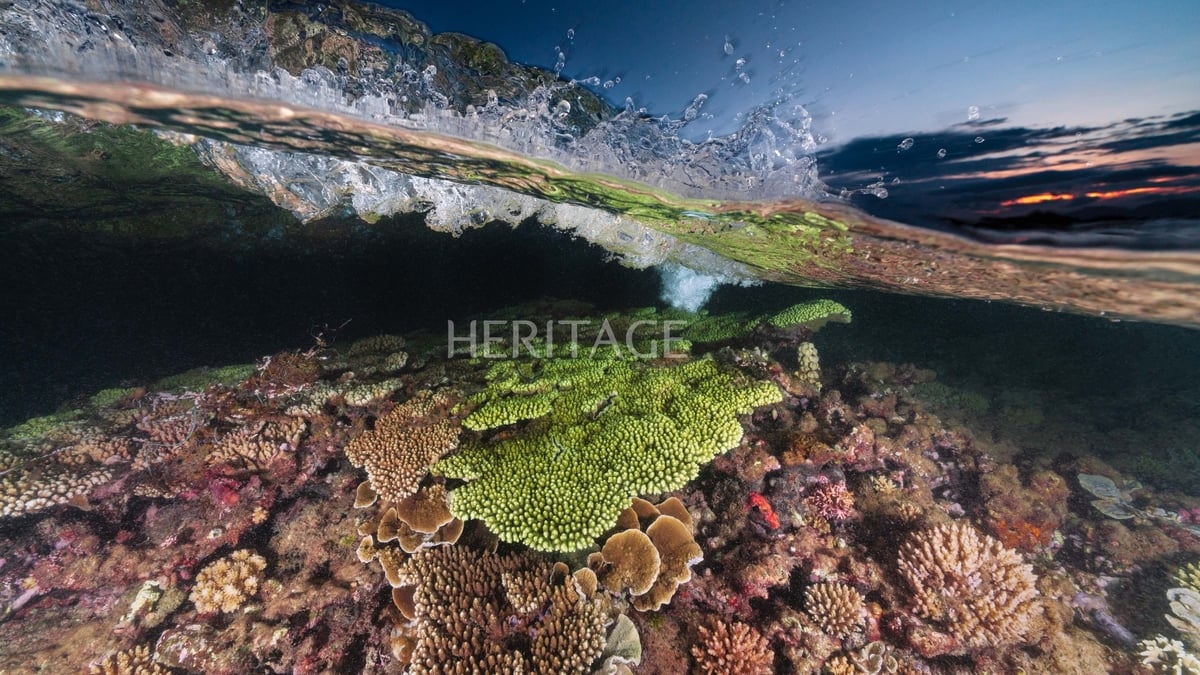
![[Photo] Signing of cooperation between ministries, branches and localities of Vietnam and Senegal](https://vphoto.vietnam.vn/thumb/1200x675/vietnam/resource/IMAGE/2025/7/24/6147c654b0ae4f2793188e982e272651)


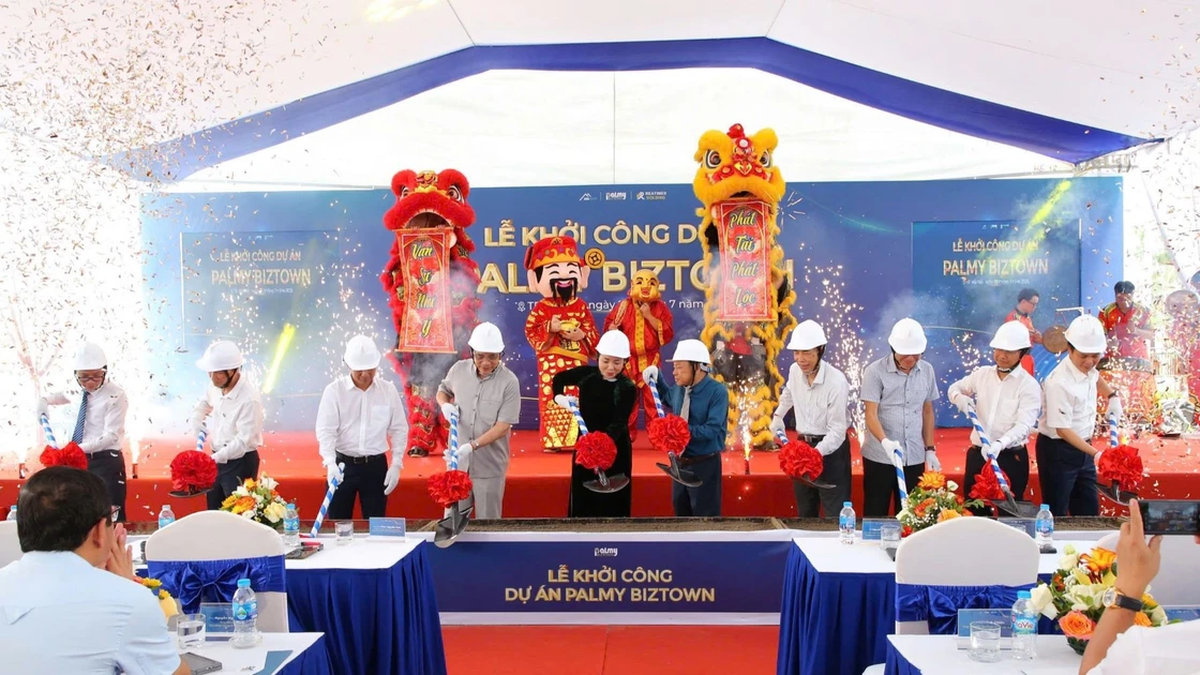
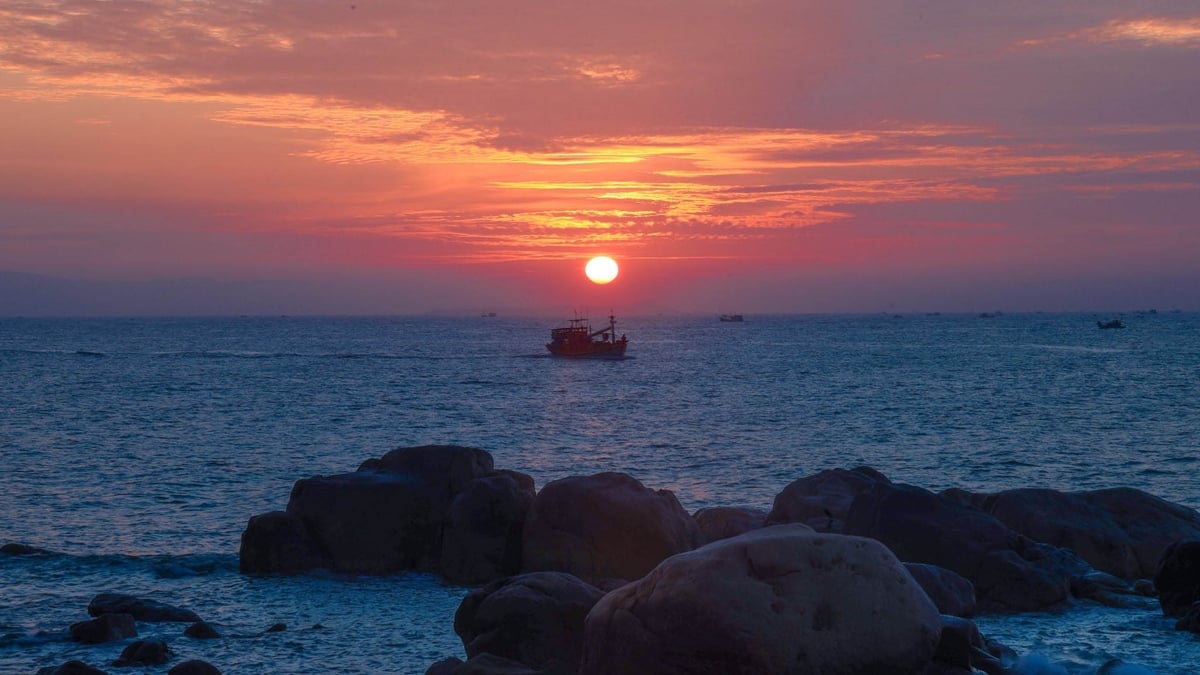


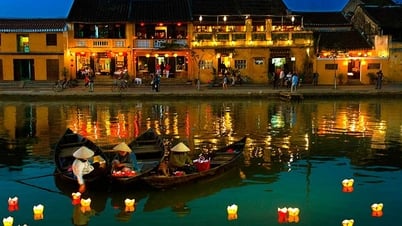

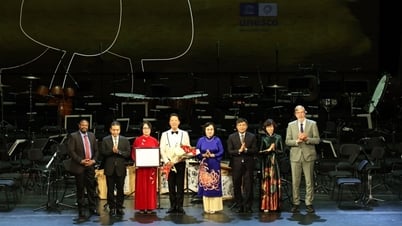

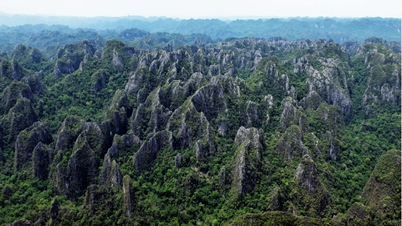

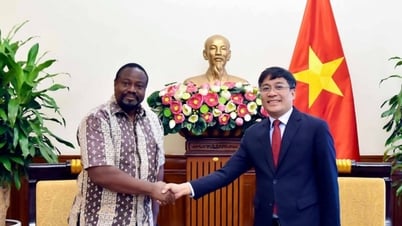
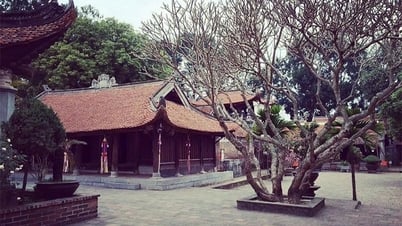

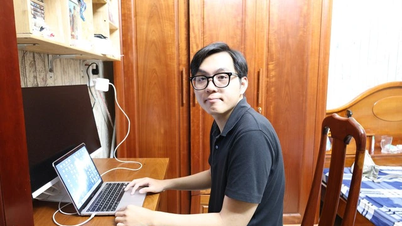




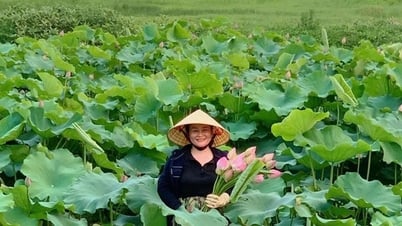

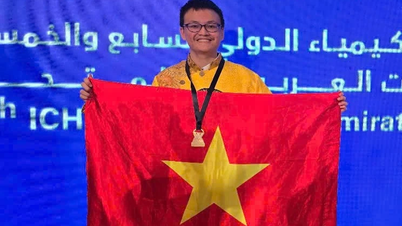

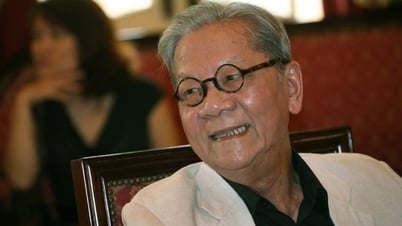




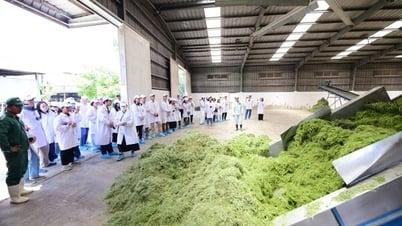



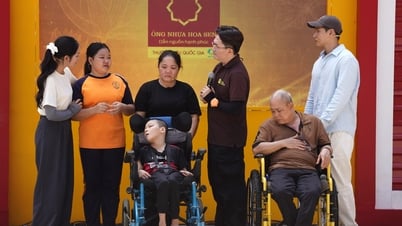

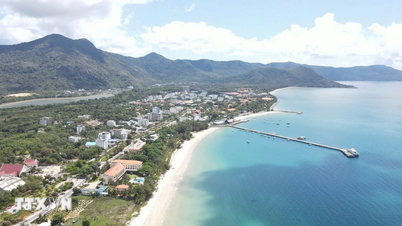
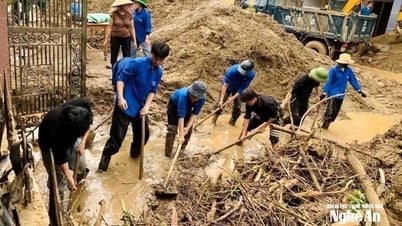






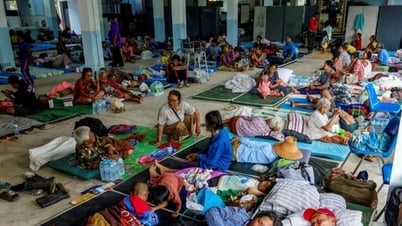



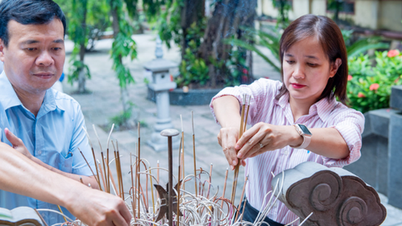
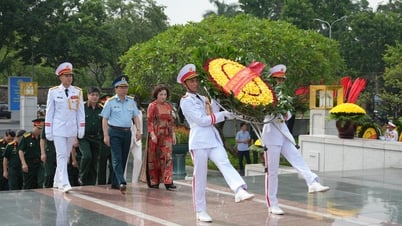




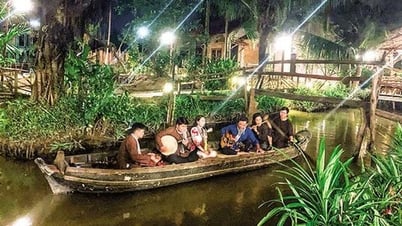


















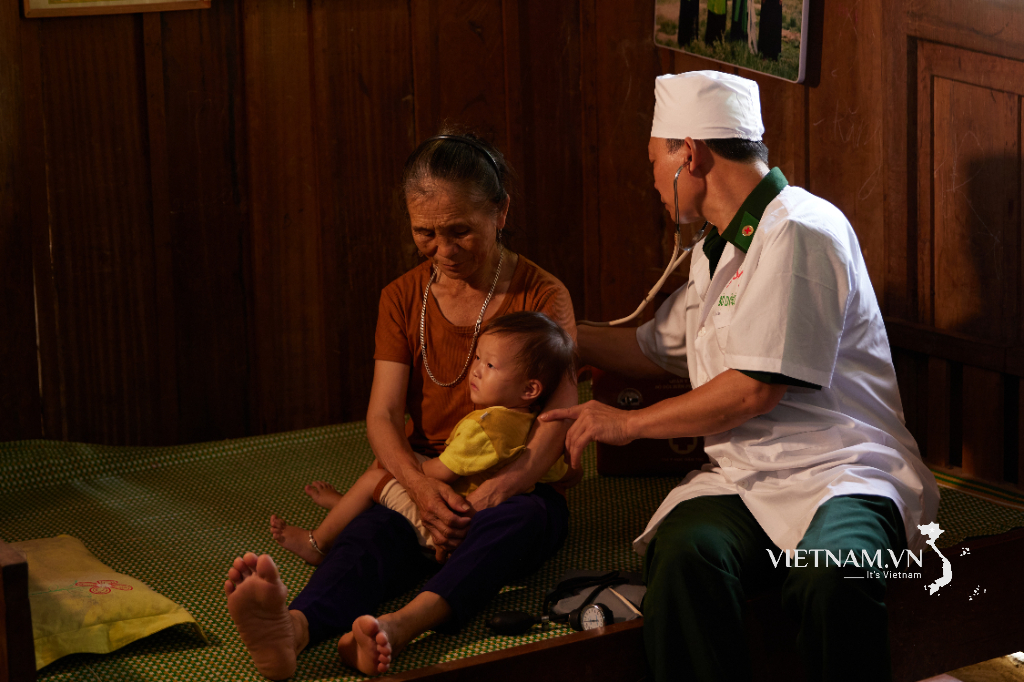



Comment (0)